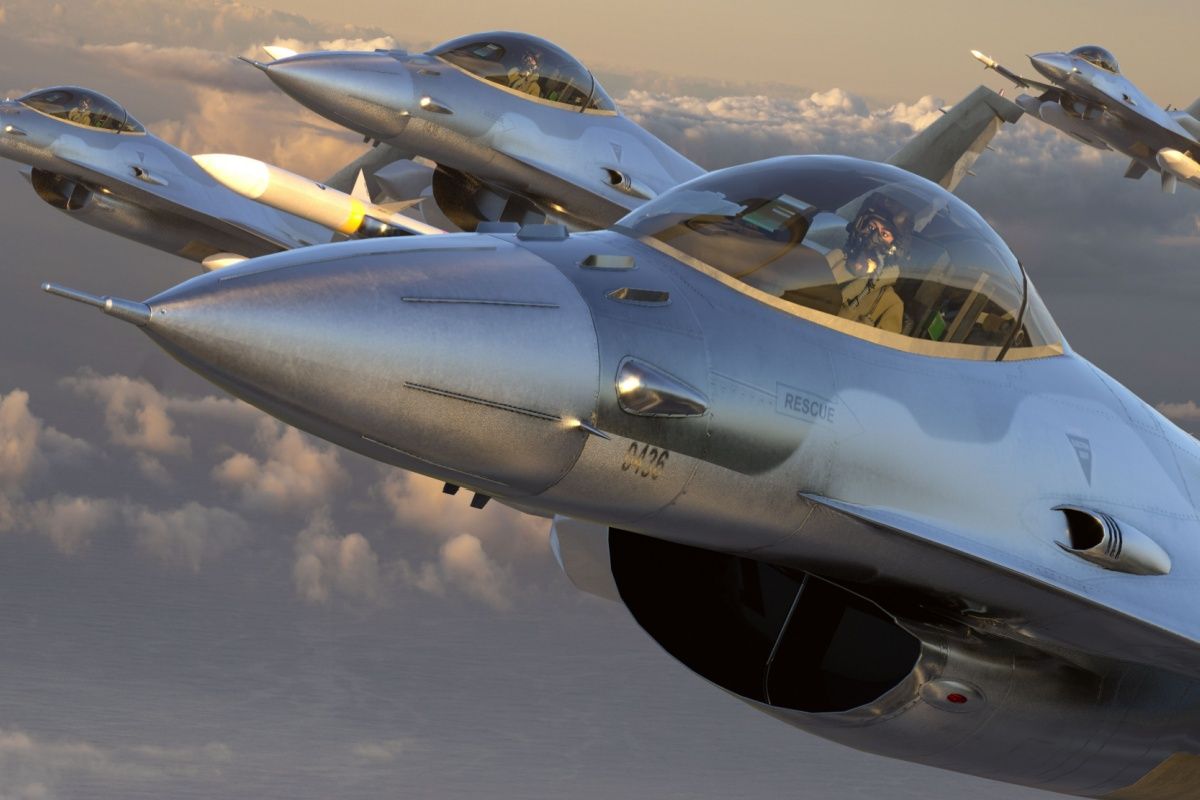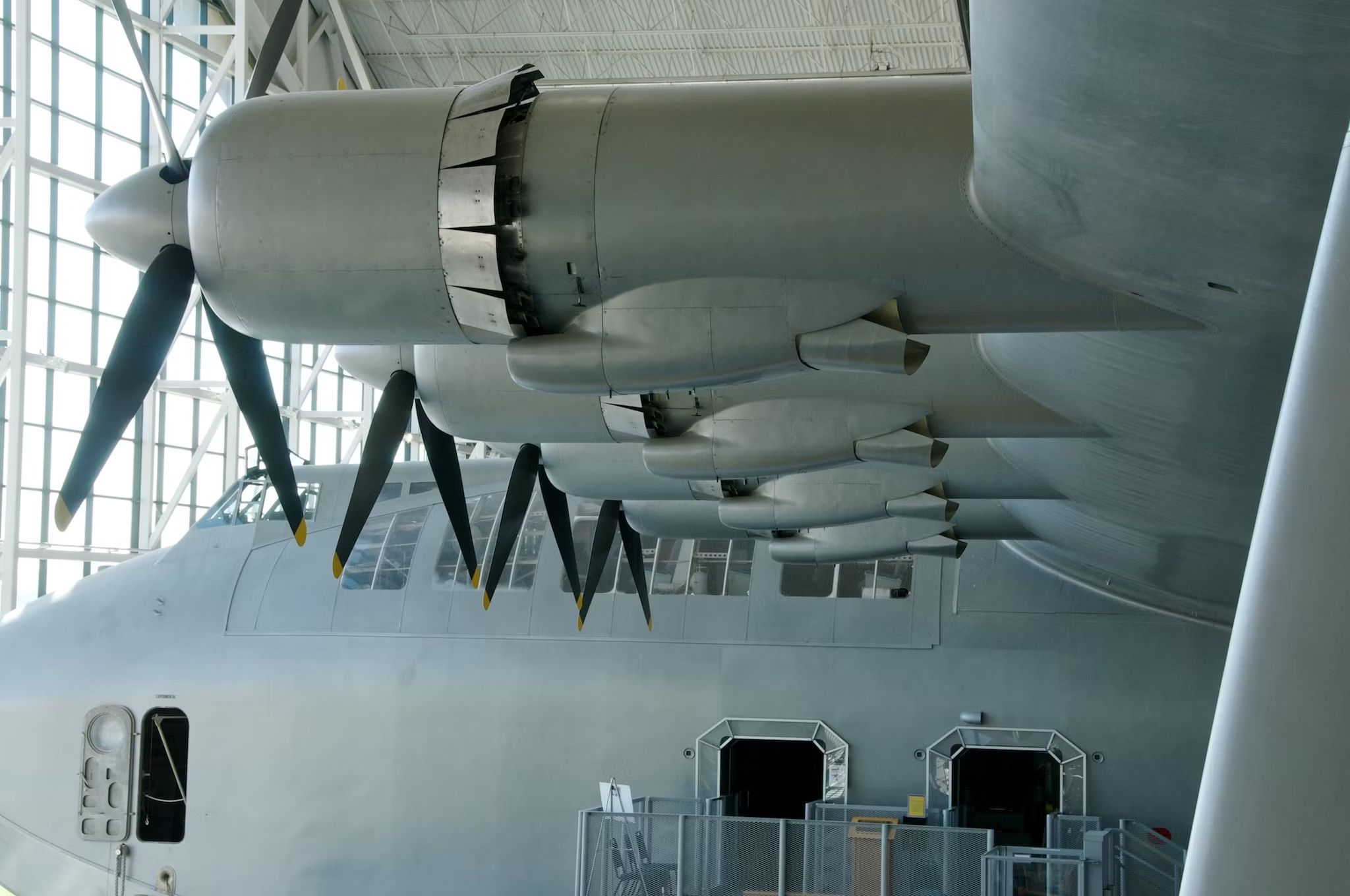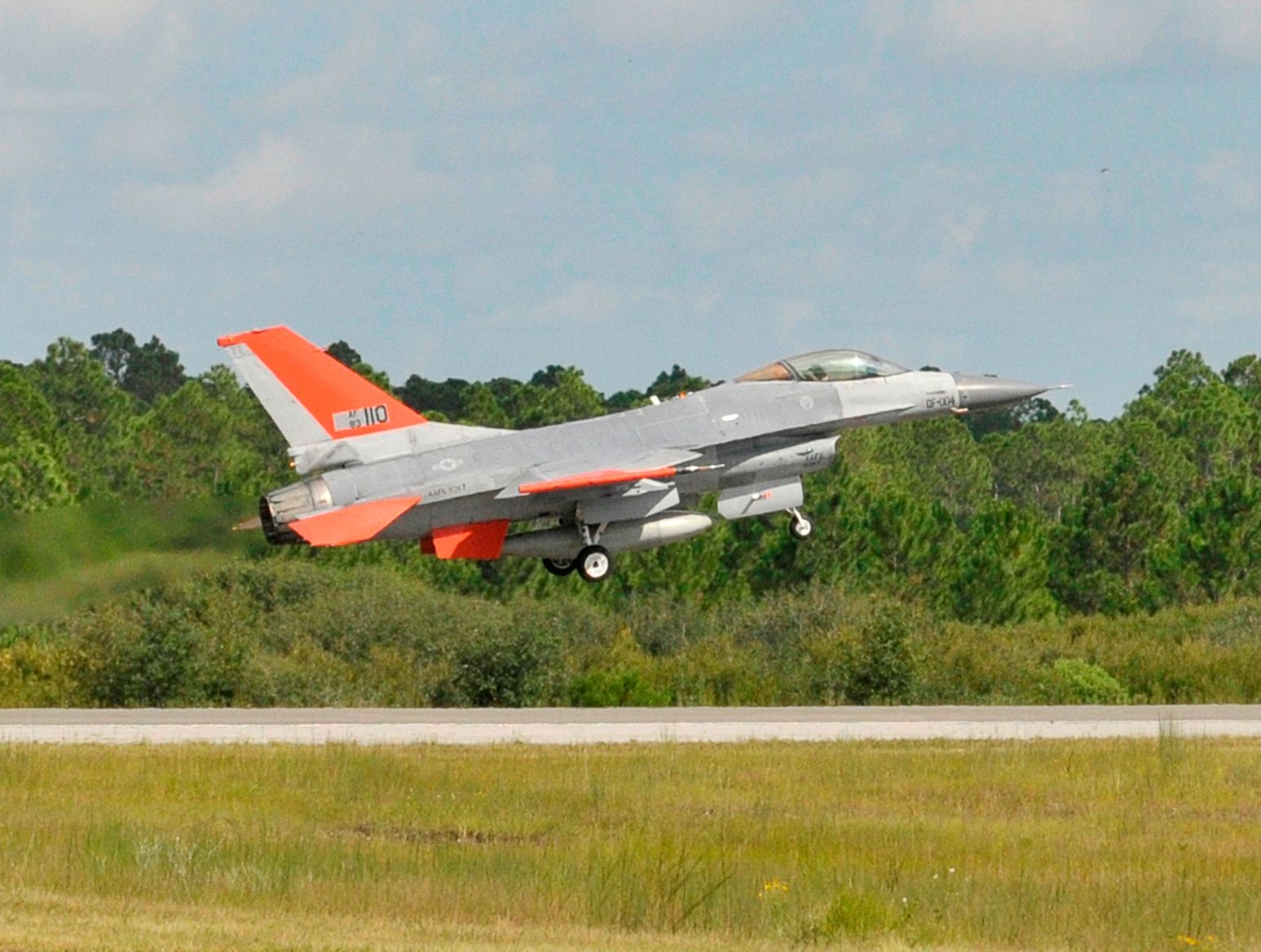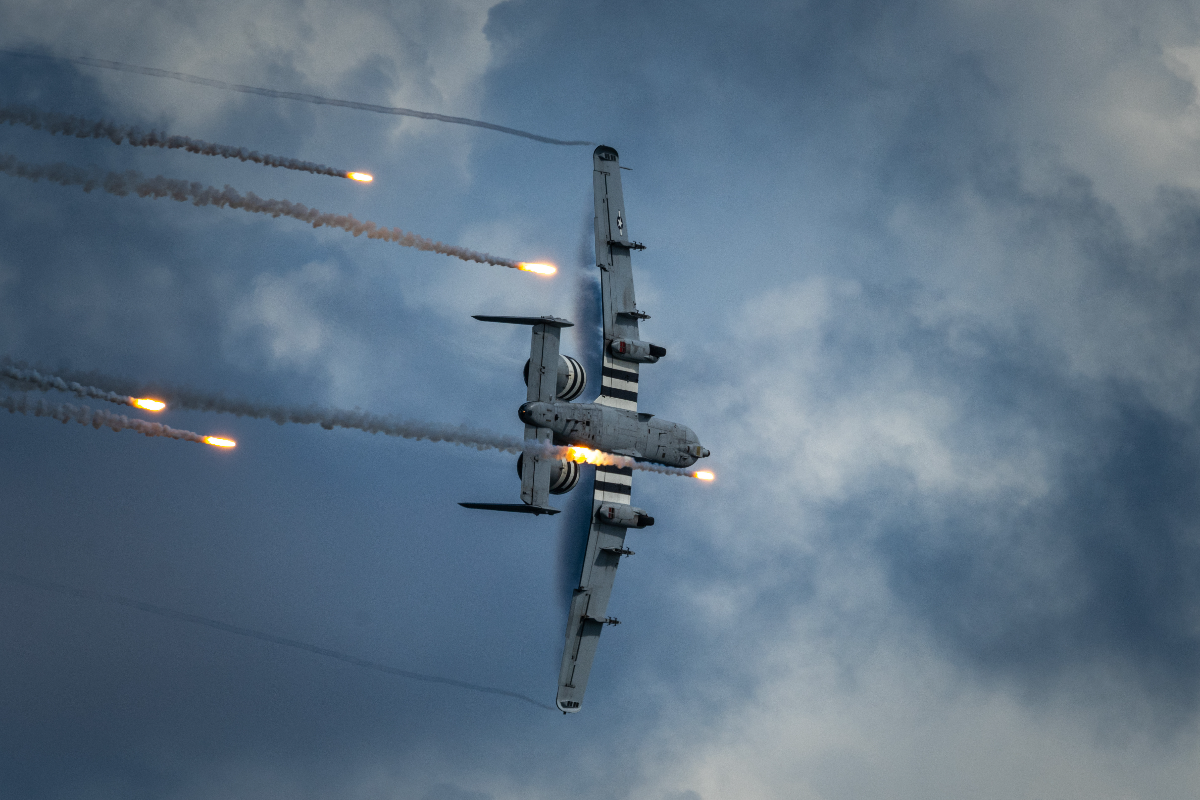Summary
- Retired military aircraft can be stored in boneyards for long-term maintenance or scrapped for parts.
- Surplus aircraft may be sold to foreign countries or repurposed for target practice, museums, or other departments.
- Some retired F-16s are being converted into autonomous drones for experimentation by the US Air Force’s VENOM project.
What happens to military aircraft after they retire? There are a number of possibilities – just because they are retiring, that doesn’t mean it’s the end. Military aircraft can be mothballed, sold off, put on display, recycled, buried, adapted for another use, and more. Military aircraft are very specialized, and one of the most difficult parts of keeping aircraft operational is finding spare parts. Often, retired aircraft are cannibalized for their parts. Some aircraft are kept in mothballed storage for years before being scrapped, while others, like the A-10 Warthog, find mystery buyers.
The Boneyard
Many military aircraft, particularly the United States military, go for storage in an aircraft Boneyard after they retire. The largest and most famous military boneyard is the Davis-Monthan Air Base in Arizona. There, the 309th Aerospace Maintenance and Regeneration Group (AMARG) is responsible for around 3,200 retired aircraft along with 6,100 aircraft engines and almost 300,000 line items of aircraft production, special tooling, and special test equipment.
Photo: Purplexsu l Shutterstock
According to Airplane Boneyards, AMARG has different categories for the aircraft in storage ranging from keeping the aircraft in a high potential to return to service (Type 1000) to being completely gutted for parts (Type 4000). These are:
- Type 1000: Aircraft in long-term storage that are to be maintained until recalled back to active service
- Type 1500: Aircraft previously fully preserved
- Type 2000: Aircraft available for parts to keep others flying
- Type 3000: “Flying hold” aircraft kept in near flyable condition in short-term storage (these might be transferred or sold)
- Type 4000: Aircraft in excess of DoD needs and can be cannibalized for their parts with the remaining parts scrapped

Related
Kiwi Wings: How Powerful Is The New Zealand Air Force?
New Zealand divested of its strike capability over 20 years ago and has no intention of restoring it.
Foreign Sales / Transfers
Some military aircraft may not have come to the end of their useful lives when they are retired. The country retiring them may decide they are surplus to requirements or that they are just too dated for their needs. These aircraft might be sold off to foreign countries. Previously, it seemed all the A-10 Warthogs were destined for the Boneyard and eventually the scrapyard, but now it seems some retired A-10s have found a mystery buyer.
Photo: Mike Mareen | Shutterstock
One notable contemporary example is the F-16 Fighting Falcon. The F-16 remains an excellent small fighter jet, but it is getting a bit dated as modern air forces upgrade to fifth-gen F-35s (such as The Netherlands, Denmark, and Norway). However, the F-16s still have useful lives and can significantly boost some air forces’ fighting capabilities. These European retiring F-16s are being sold or donated to Ukraine, Argentina, and Romania (some retired F-16s are only good for parts). F-16 Block 70/72 remains in production but for export only (the US Air Force no longer buys them).
F-16s donated to Ukraine:
- The Netherlands: 24+
- Norway: 19
- Denmark: 22
- Belgium: TBD (From 2025)
Sometimes, aircraft are transferred to other departments, such as the US Forest Service, the U.S. Customs and Border Protection, NASA, and the CIA.
Museums
Some aircraft are donated to museums around the country and around the world. This is the fate of many experimental aircraft. Some of the most unique aircraft (such as the massive wooden Spruce Goose) are in museums. The Air and Space Museum has the largest collection of military aircraft (over 60) – although not all of these aircraft are military.
Target Practice
As the old adage goes, practice makes perfect. The same goes for gunnery and shooting down aircraft. As early as World War I, the British found that cheap aircraft could be remotely operated and used as target practice. In World War II, the British modified a bi-plane trainer into the DH Queen Bee drone to use as target practice (although the gunners weren’t supposed to actually hit the airplane).
|
Examples of target drones: |
|
|---|---|
|
QF-4 Phantom II |
QT-33 Shooting Star |
|
QF-16 Fighting Falcon |
QB-17 Flying Fortress |
|
QF-9 Cougar |
QF-100 Super Sabre |
|
QF-106 Delta Dart |
QF-86 Sabre |
|
QT-33 Shooting Star |
QB-47 Stratojet |
This has been the fate of many US fighter jets. Fighter jets like the F-4 Phantom II, F-16 Fighting Falcon, F-86 Sabres, F-100 Super Sabre, F-102 Delta Dart, etc. One particularly notable target used in the past is the B-17 Flying Fortress.

Related
5 Must-Visit WWII Aircraft At The National Air And Space Museum
With one of the biggest aviation artifact collections, Smithsonian’s National Air And Space Museum is a must visit for every AvGeek.
Photo: US Air Force
Another use
It’s always possible some retirement military aircraft will find a completely different use from what they were originally intended for. After World War I, many surplus aircraft were sold for civilian use and used as crop dusters. One of the more interesting examples today is converting F-16 Fighting Falcons into a network of drone wingmen. It’s unclear if this is only for experimenting or if the F-16-drones could be somehow used in missions.
The US Air Force’s Project Venom (Viper Experimentation and Next-gen Operations Model) is seeking to experiment with converting old F-16s into autonomous drones. The Air Force expects the project to cost around $120 million over the next five years. In April 2024, the Air Force reported the first three F-16s had arrived for conversions and stated: “VENOM-AFT complements the autonomy data and artificial intelligence experimentation proving ground at Eglin Air Force Base and informs the Collaborative Combat Aircraft program and other autonomy developers.”
Photo: US Air Force
Scrapped and destroyed
Sometimes there just isn’t any use for the retired aircraft. In these cases, they may be scrapped or otherwise destroyed (looking at the satellite pics of air force bases around the world, some are just abandoned around the air base). Occasionally the aircraft may be buried (like when Australia buried its F-111 fighter jets).






